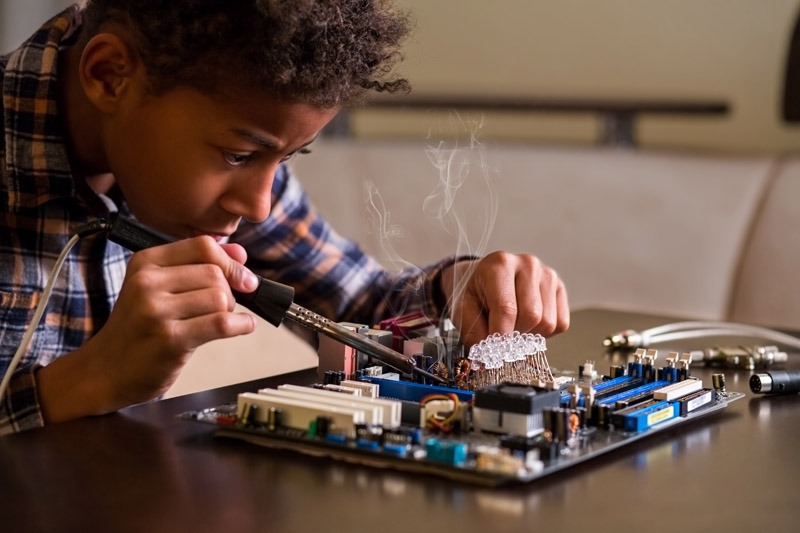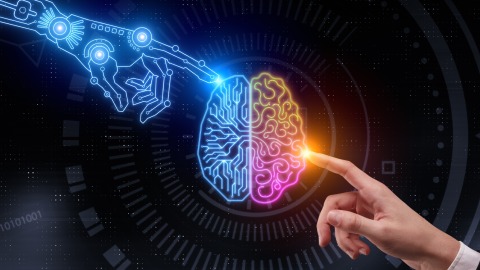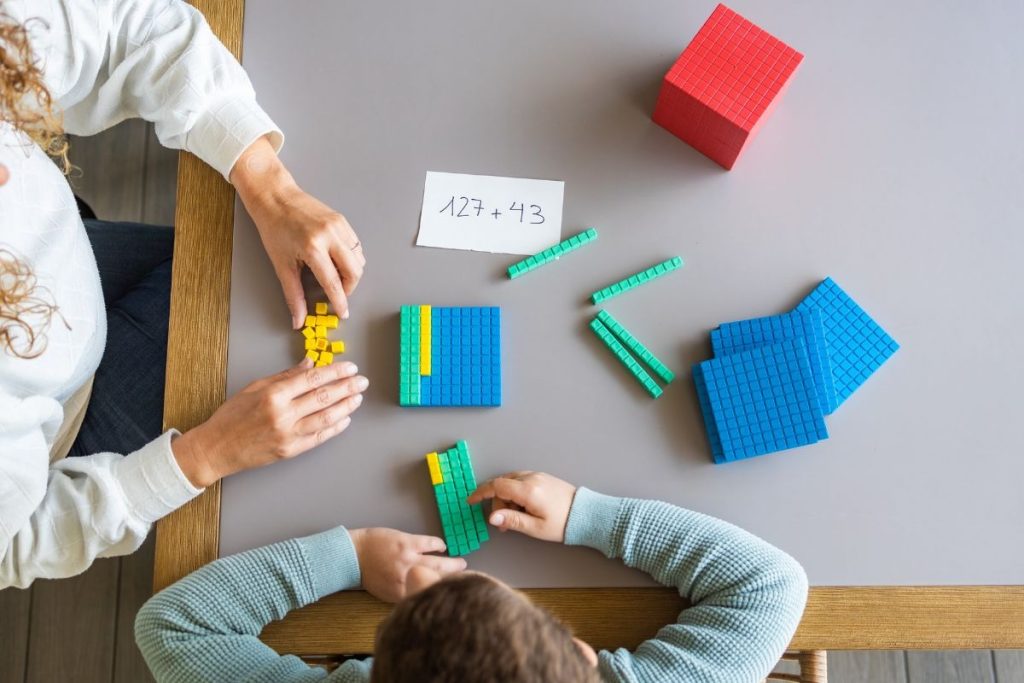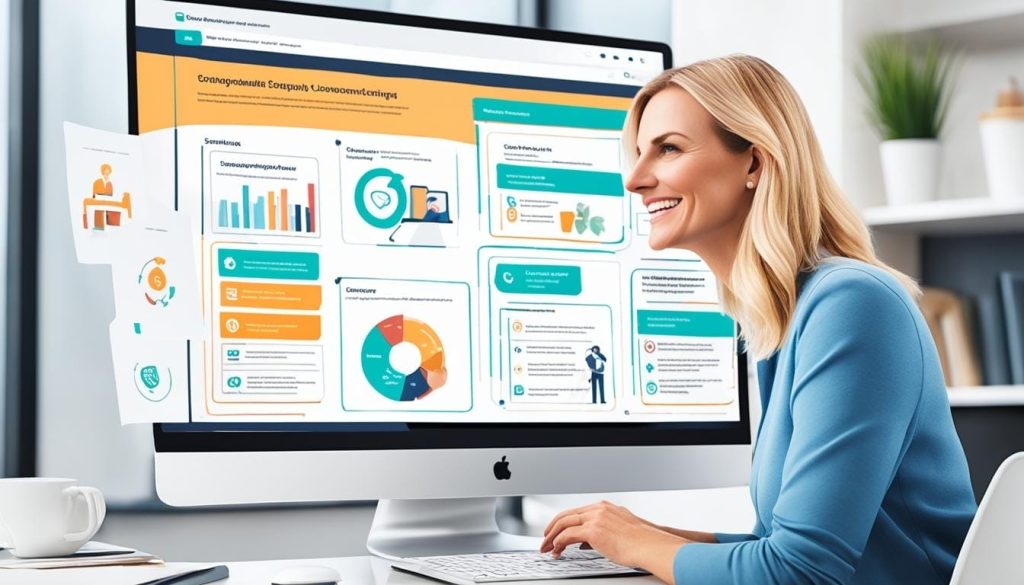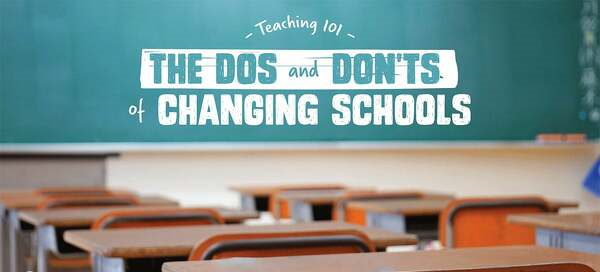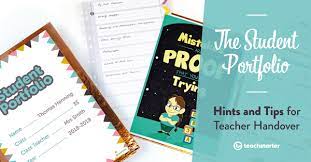By 2025, the landscape of educational assessment has been transformed by the widespread adoption of adaptive assessment technologies and continuous feedback mechanisms. This trend moves away from traditional standardized testing towards a more dynamic, personalized approach to evaluating student progress and guiding instruction.
Adaptive assessments use sophisticated algorithms to adjust the difficulty and content of questions based on a student’s responses in real-time. This provides a more accurate picture of a student’s abilities and knowledge gaps than traditional fixed-form tests. As students answer questions correctly, they receive more challenging items; conversely, if they struggle, the system presents easier questions to pinpoint their current level of understanding.
One of the key advantages of this approach is its efficiency. Adaptive tests can achieve the same level of measurement precision as traditional tests in about half the time, reducing test fatigue and freeing up more time for instruction. Moreover, these assessments can be administered more frequently, providing ongoing insights into student progress rather than relying on infrequent, high-stakes exams.
Continuous feedback is an integral part of this trend. Instead of waiting for end-of-term report cards, students and teachers receive immediate, actionable feedback on areas of strength and opportunities for improvement. This feedback is often visualized through intuitive dashboards, allowing for easy tracking of progress over time.
Teachers use this data to inform their instructional decisions, identifying which concepts need reinforcement and which students require additional support or enrichment. This enables a more proactive, intervention-based approach to teaching, where potential issues are addressed before they become significant obstacles to learning.
For students, this trend promotes a growth mindset by emphasizing progress over fixed achievement levels. They can see their improvement in real-time and understand how their efforts directly impact their learning outcomes.
The continuous nature of these assessments also allows for the evaluation of skills that are difficult to measure in traditional tests, such as creativity, critical thinking, and problem-solving abilities. Project-based assessments and performance tasks are often incorporated into these systems, providing a more holistic view of student capabilities.
As this trend evolves, we’re seeing increased use of AI to analyze assessment data and provide personalized learning recommendations. There’s also growing interest in using these systems to support competency-based education models, where students advance based on demonstrated mastery rather than seat time.


